Turkmenistan travel tips
Turkmenistan travel tips: A Central Asian country, boasts vast deserts, ancient Silk Road cities, and the modern marvel of Ashgabat’s architecture.
Regions 🌎
Turkmenistan travel tips. Here is a list of all the regions of the Turkmenistan.
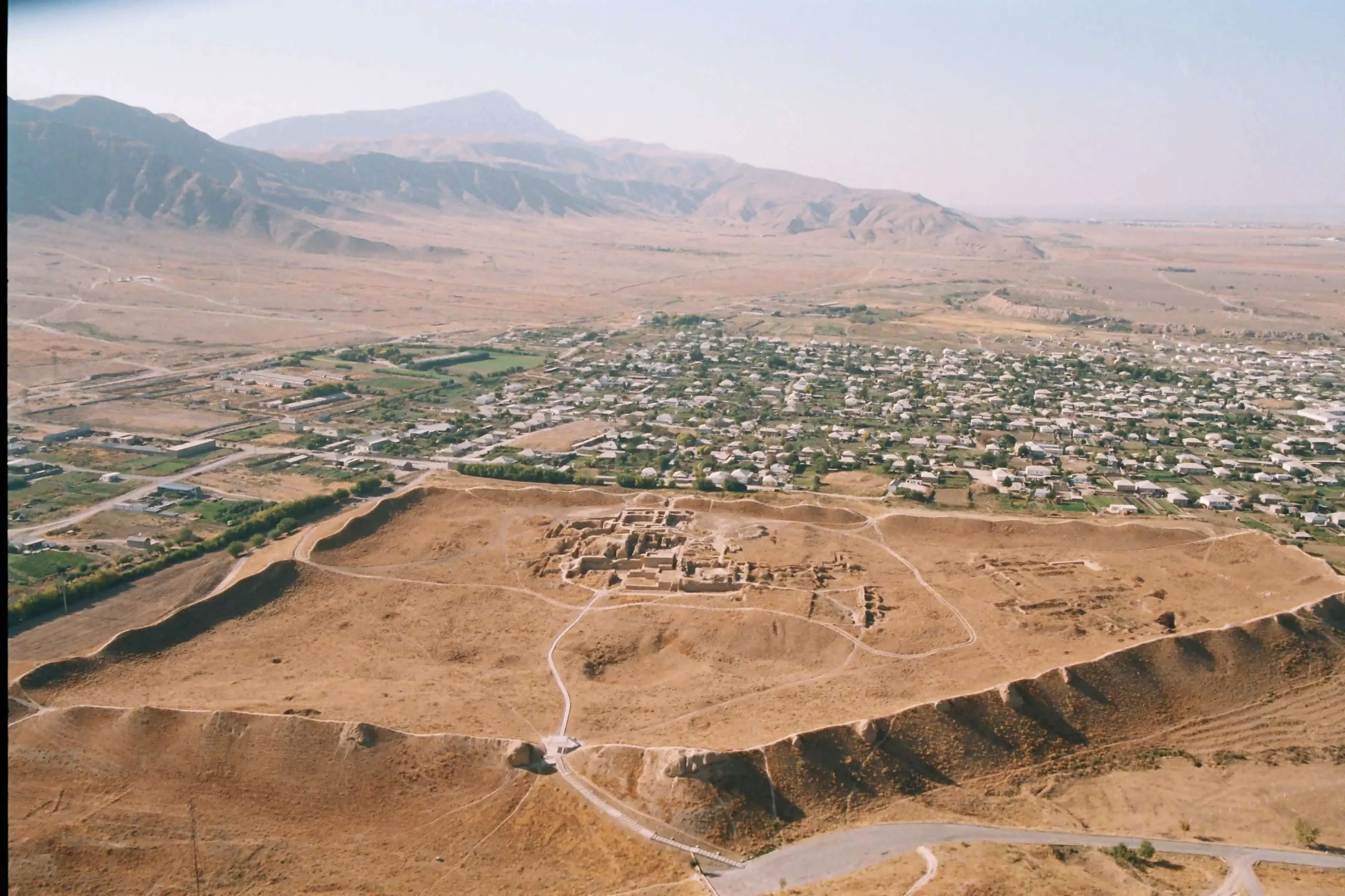
Ahal Region
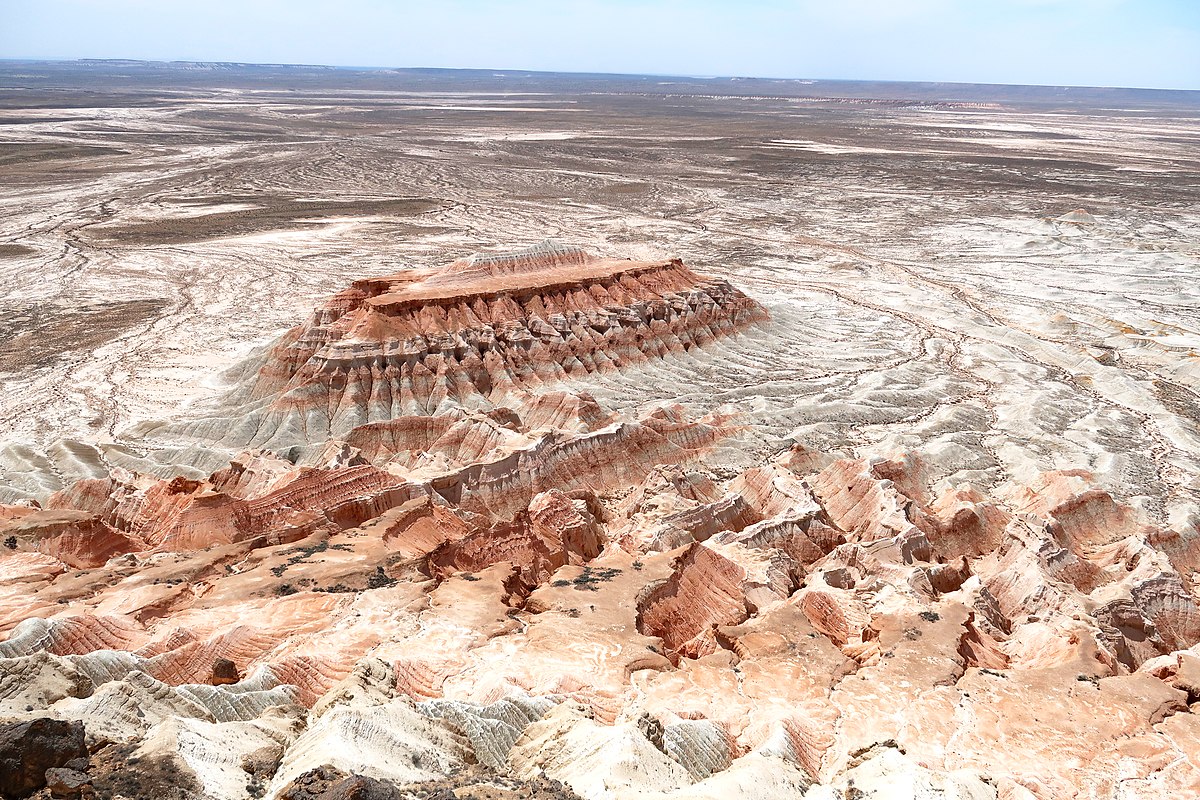
Balkan Region
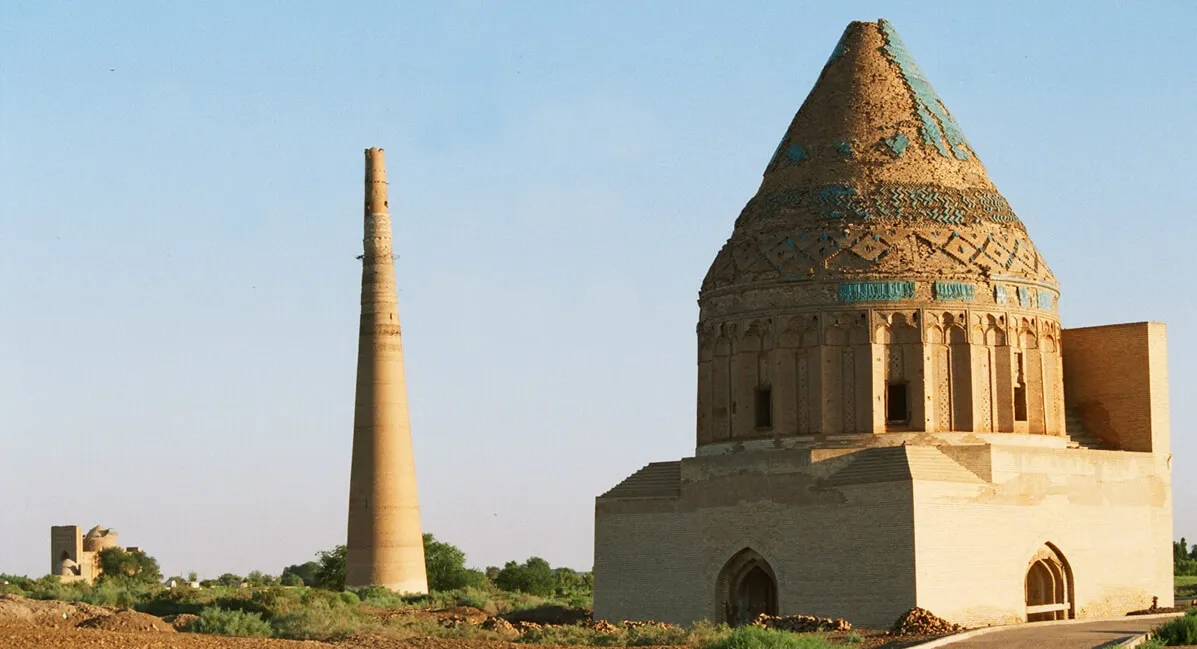
Dashoguz Region

Lebap Region
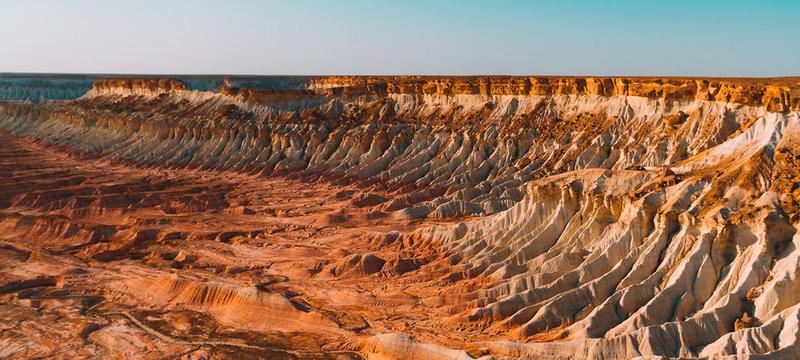
Mary Region
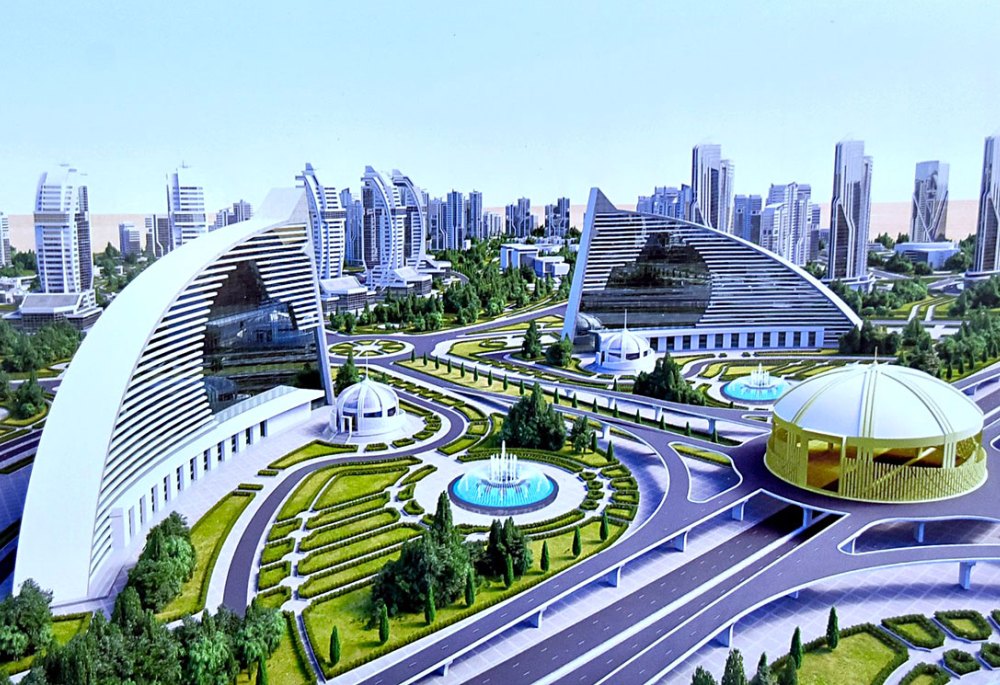
Ashgabat City Administration
Before you go 🛩
Important information you should know before your trip
Info
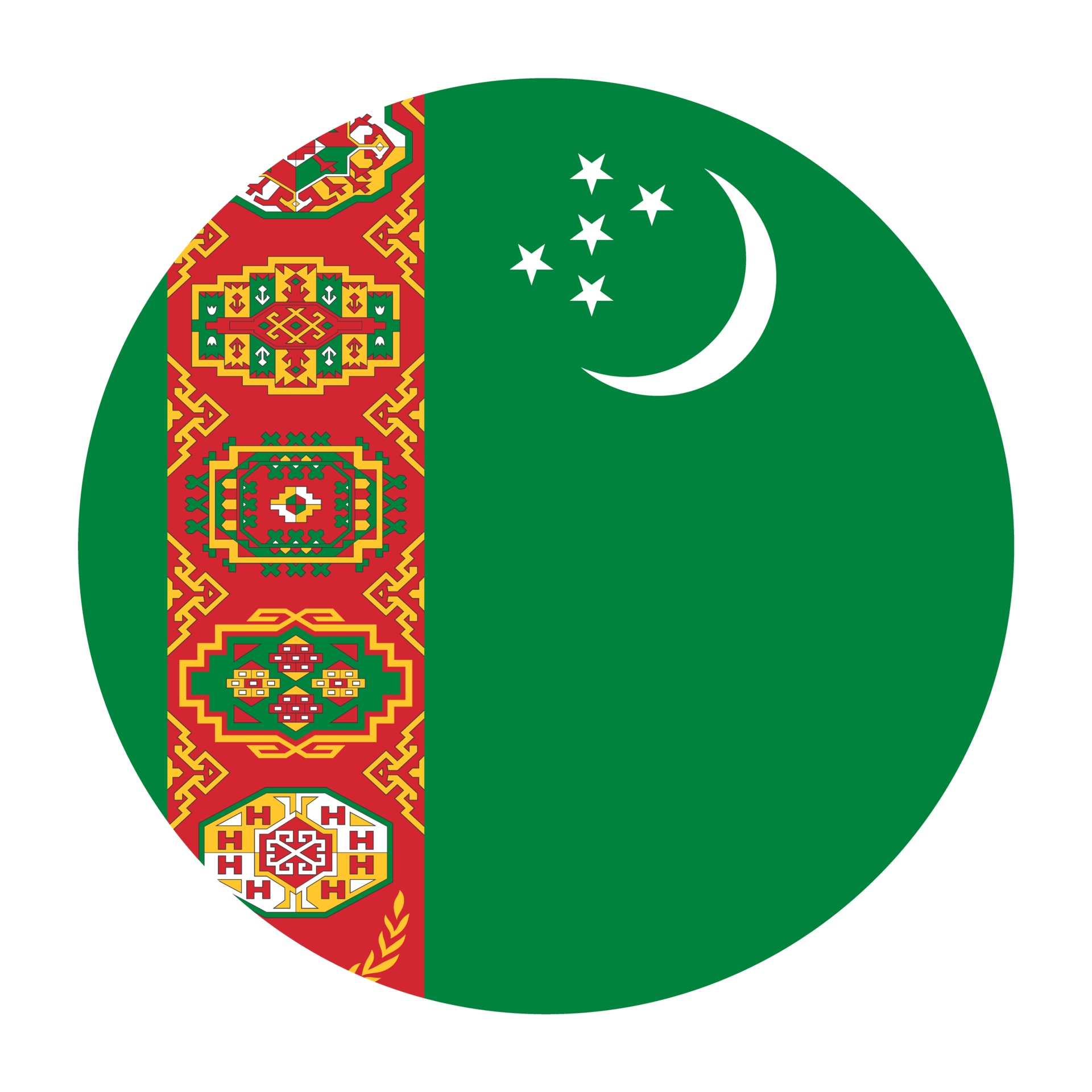
Capital | Ashgabat
Flag Codes:
ISO alpha-2 TM,
ISO alpha-3 TKM
Currency
Badge | Turkmen manat
CODE | TMT
NUMBER | 934
SYMBOL | m
FRACTION | tennesi
Mobile Coverage
Dialing Code | +993
SIM Card
Coverage | 3G / 4G / 5G |
Mobile Networks | TM Cell |
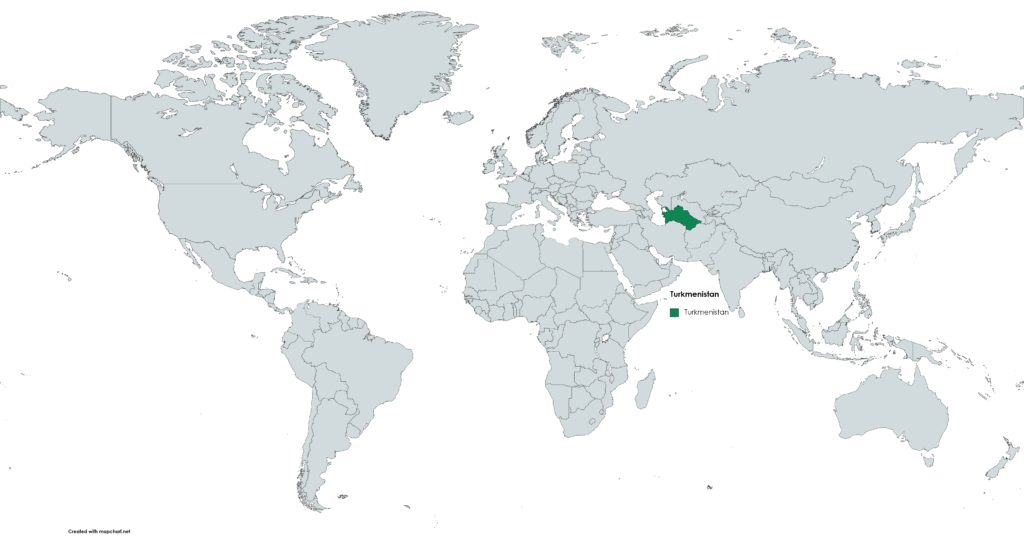
Location
Turkmenistan is a country located in Central Asia. It is bordered by five countries: Kazakhstan to the northwest, Uzbekistan to the north and northeast, Afghanistan to the southeast, Iran to the south, and the Caspian Sea to the west. Turkmenistan is situated between latitudes 35° and 43° N and longitudes 52° and 67° E. Its geographic coordinates roughly correspond to the center of the country. The country’s capital and largest city is Ashgabat, which is located in the southwestern part of Turkmenistan.
Currency
The official currency of Turkmenistan is the Turkmen Manat (TMT), which is divided into 100 tenge. The banknotes available are 1, 5, 10, 20, 50, 100, 500 and 1,000 manat. The coins in circulation are 1, 2, 5, 10, 20 and 50 tenge, and 1 and 2 manat.
Regarding their design, the Turkmen manat banknotes present images of important figures in the history and culture of the country, as well as monuments and animals characteristic of the local fauna. The coins have different designs, with the national coat of arms on the obverse and characteristic figures of Turkmen culture and fauna on the reverse.
The Turkmen manat is a relatively stable currency and its value has fluctuated over time. The Central Bank of Turkmenistan is in charge of issuing and regulating the currency of Turkmenistan.
Languages
Turkmen is the official language of Turkmenistan and is the most widely spoken language in the country. It is a Turkic language that uses the Cyrillic alphabet and is closely related to Azeri and Uzbek.
Apart from Turkmen, other minority languages are also spoken in Turkmenistan, such as Russian, Uzbek and Kazakh. Russian is widely spoken and used in public administration and business. Uzbek is spoken by a minority in the north of the country and Kazakh is spoken by a small community in the east of the country.
In short, Turkmen is the official and predominant language in Turkmenistan, while Russian is also an important and widely used language in the country’s public life.
Climate 🌡
Turkmenistan has a predominantly arid desert climate with hot and dry summers and cool winters. The climate is characterized by low annual rainfall, high temperatures, and significant temperature variations throughout the year. Here are the general features of Turkmenistan’s climate:
Hot Summers: Summers in Turkmenistan are hot, with temperatures often exceeding 40°C (104°F) in the central desert regions. Coastal areas along the Caspian Sea experience slightly milder temperatures due to the sea’s moderating influence. The summer months, from June to August, are generally dry and sunny.
Cool Winters: Winters in Turkmenistan are relatively cool, especially in the northern parts of the country. Temperatures can drop below freezing, particularly in the months of December to February. In the desert regions, daytime temperatures remain cool, ranging from 10°C to 15°C (50°F to 59°F), but nighttime temperatures can be significantly colder.
Temperature Variation: Turkmenistan experiences significant temperature variations between day and night throughout the year. In summer, daytime temperatures can soar, while nights offer some relief with cooler temperatures. In winter, the temperature difference between day and night can be pronounced, with chilly nights and milder days.
Low Rainfall: Turkmenistan is a dry country with low annual rainfall. The majority of the precipitation occurs in the winter months, with some regions receiving less than 100 mm (4 inches) of rainfall annually. The desert areas in the east receive even less rainfall. Spring and autumn are relatively dry seasons.
Dust Storms: Turkmenistan is susceptible to dust storms, especially in the desert regions. These storms, known as “havandor,” can significantly reduce visibility and create challenging conditions for travel.
Turkmenistan travel tips
If you’re planning a trip to Turkmenistan, here are some travel tips to enhance your experience:
Visa Requirements:
Check visa requirements before traveling to Turkmenistan. Obtain necessary visas from embassies or use an authorized travel agency.
Cultural Etiquette:
Respect local customs and traditions. Handshakes are common, and it’s polite to accept offers of hospitality.
Health Precautions:
Drink bottled water, avoid street food in remote areas, and have basic medications. Check vaccination requirements before traveling.
Weather Awareness:
Turkmenistan has extreme temperatures. Be prepared for hot summers and cold winters, especially in the desert regions.
Transportation:
Use registered taxis or arrange transportation through your accommodation. Public transport is limited, and roads may be challenging. View Guide.
Dress Modestly:
Dress conservatively, especially when visiting religious sites. Women may consider covering their heads in certain areas.
Visit Darvaza Gas Crater:
Don’t miss the Darvaza Gas Crater, known as the “Door to Hell.” It’s a unique natural wonder.
Enjoy your time in Turkmenistan!

The best of the best
Turkmen cuisine reflects the nomadic traditions and agricultural heritage of the region. The food is hearty, flavorful, and often includes ingredients like meat, grains, dairy products, and vegetables.
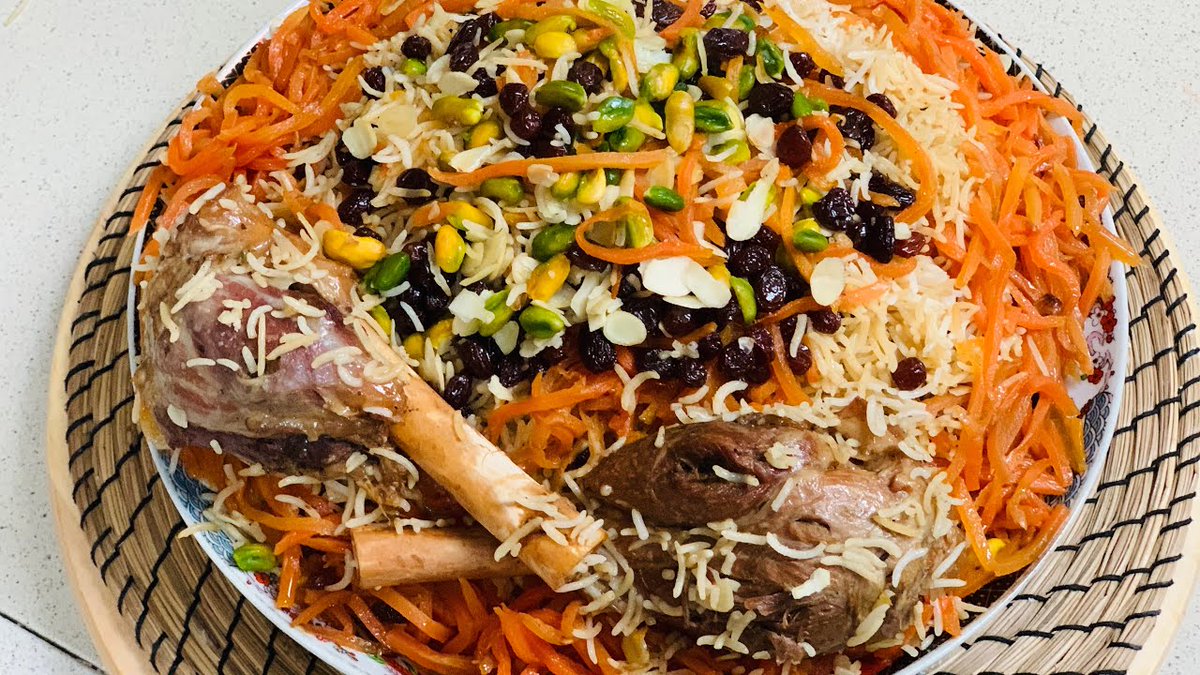
Palaw
Palaw is a rice dish that is a staple in Turkmen cuisine. It is often prepared with lamb or beef, along with carrots, onions, and spices.
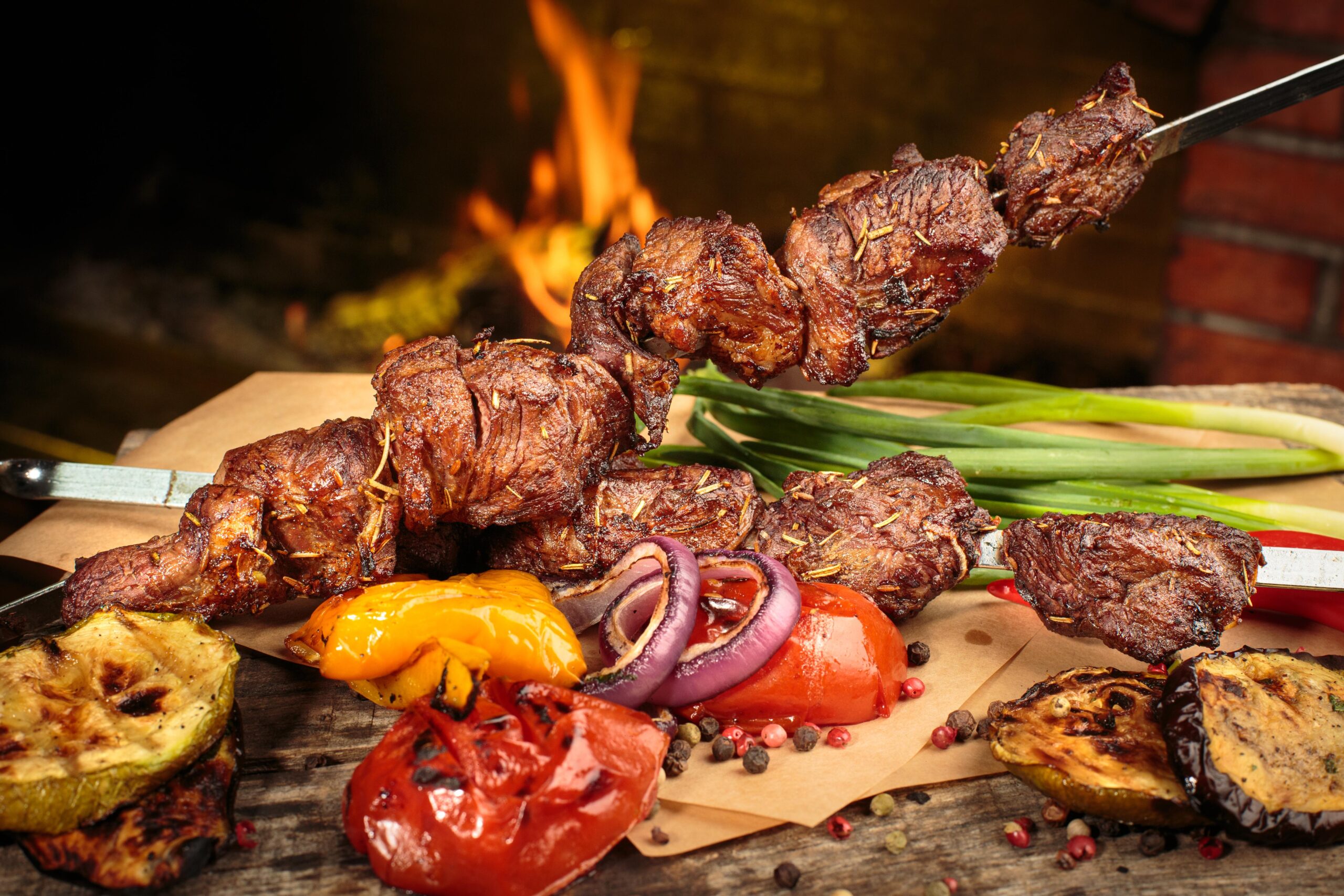
Shashlik
Shashlik is a traditional Turkmen kebab dish made with skewered chunks of marinated meat, often lamb or beef.

Yarma
Yarma is a traditional Turkmen dish made from cracked wheat. The wheat is cooked with meat (usually lamb or beef), vegetables, and spices to create a flavorful and nourishing stew.
Here are some typical foods of Turkmenistan:
Chal: Chal is a traditional Turkmen bread that is an essential part of the cuisine. It is a round, flatbread with a chewy texture. Chal is often served with meals, used for wrapping kebabs or other fillings, or eaten with soups and stews.
Shorpa: Shorpa is a meat-based soup that is popular in Turkmenistan. It typically includes chunks of meat (such as lamb or beef), vegetables, and herbs simmered in a flavorful broth. Shorpa is a comforting and nourishing dish, especially during colder seasons.
Dograma: Dograma is a traditional Turkmen dish made from pieces of meat (lamb or beef) cooked with potatoes, carrots, onions, and spices. The ingredients are slow-cooked in their own juices until tender and flavorful. Dograma is often served as a main course and accompanied by bread or rice.
Samsa: Samsa is a baked pastry filled with savory ingredients. In Turkmenistan, samsa is typically filled with seasoned ground meat (lamb or beef) and onions. The pastry is baked until golden and crispy, resulting in a delicious snack or appetizer.
Ayran: Ayran is a refreshing traditional Turkmen drink made from yogurt, water, and a pinch of salt. It is a popular beverage, especially during hot summer months, as it helps to cool down and hydrate.
Manti: Manti is a popular dish in Turkmen cuisine. It consists of dumplings filled with seasoned ground meat (usually lamb or beef) and onions. The dumplings are typically steamed or boiled and served with yogurt or sour cream.
The country’s cuisine is diverse and influenced by its nomadic heritage, regional variations, and neighboring cultures.
Transportation 🚥
More information about this country
Choose your destination 📍🗺
Useful Links ✅



